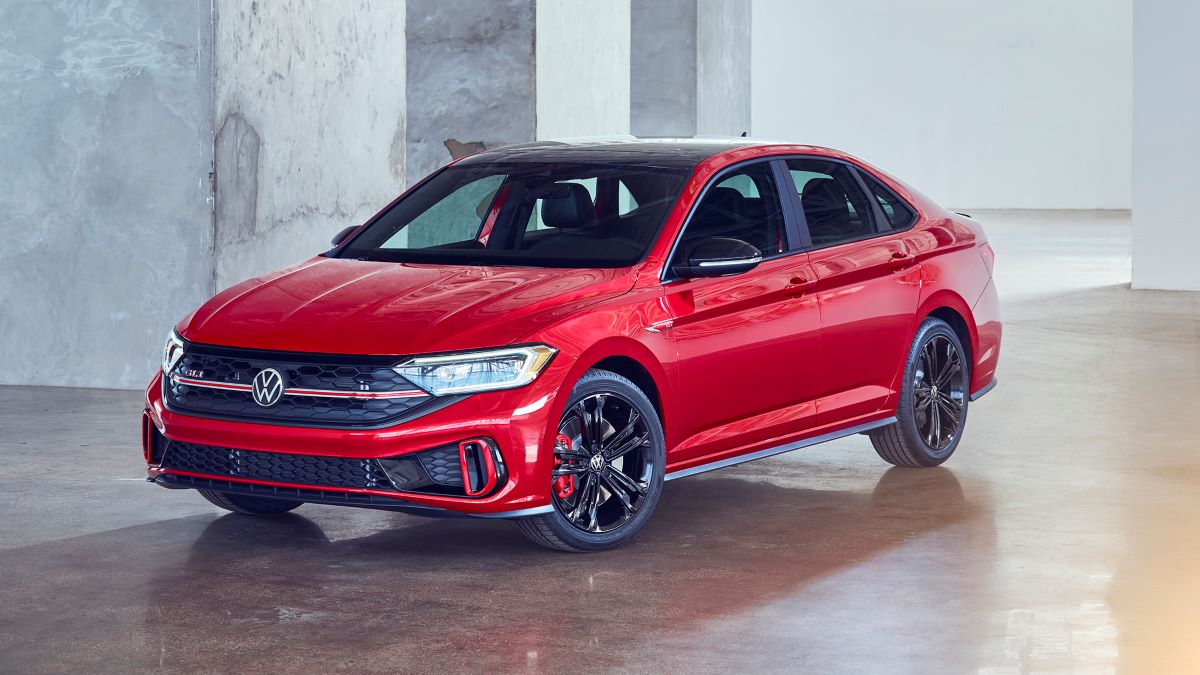For many car owners, the smog test is a routine part of vehicle ownership, but it can also be a nerve-racking one.
Pass, and you’re good to go for another year or two. Fail, and you’re stuck dealing with repairs, diagnostics, and sometimes expensive emissions-related components.
While emissions tests vary slightly by region, the core idea is the same: your vehicle must meet the regulatory standards for pollutants like NOx, CO, and hydrocarbons. And whether your car flies through or stumbles often depends less on luck and more on the car itself.
Some vehicles are built with robust emissions systems and efficient engine management that make them smog-test champions year after year.
Others, unfortunately, are notorious for failing, often due to poor EGR design, finicky sensors, or engines that simply don’t age well. These problem cars may require frequent oxygen sensor replacements, catalytic converter swaps, or software updates just to squeak by.
In this guide, we’ll explore both extremes: five cars that almost always pass the smog test with minimal effort and five that seem to never make it through without some degree of repair or trickery. If you’re buying used or trying to avoid emissions-related expenses, this list could save you time, money, and frustration.
Also Read: 5 Cars That Never Need Power Steering Repairs and 5 That Always Leak
5 Cars That Always Pass the Smog Test
When it comes to emissions compliance, some cars are so well-designed they breeze through smog tests even with age and mileage.
These vehicles aren’t just low on emissions, they’re consistent performers with rock-solid engine management systems, tight combustion controls, and emissions equipment that doesn’t wear out prematurely. If you’re someone who dreads the check engine light before your next inspection, these cars can offer real peace of mind.
Manufacturers like Toyota, Honda, and Mazda have earned reputations for building vehicles that meet or exceed emissions standards with minimal maintenance.
The secret lies in well-tuned engines, reliable oxygen sensors, durable catalytic converters, and electronics that don’t go haywire after 100,000 km. These cars also tend to burn cleanly, avoiding the kind of carbon buildup or fuel mixture issues that trigger smog test failures.
We’re spotlighting these five not just because they’re efficient or affordable, but because they repeatedly prove themselves at inspection time.
Whether you’re living in a strict emissions state, considering a second-hand vehicle, or just want fewer surprises, these are the cars you want in your garage. Let’s begin with a compact legend that almost never fails its test: the Toyota Corolla.
1. Toyota Corolla (2009–Present)
The Toyota Corolla isn’t just reliable in terms of mechanical breakdowns—it’s also one of the most consistent performers when it comes to passing smog tests.
Whether it’s a 2009 model or a brand-new one, the Corolla’s emissions system is so well integrated that failures are almost unheard of unless the vehicle has been neglected or tampered with.
Why is the Corolla so good at passing smog checks? It starts with Toyota’s engine tuning. The 1.8L four-cylinder in most Corollas is designed for efficiency and combustion stability, which means lower tailpipe emissions right from the factory.
Toyota also equips the Corolla with long-lasting oxygen sensors, well-calibrated ECUs, and catalytic converters that typically last over 250,000 km without degradation. That means fewer check engine lights, fewer false error codes, and a smooth path through emissions tests year after year.
Add to that the fact that most Corolla owners tend to maintain their vehicles well—oil changes, air filters, spark plugs—and the car’s naturally clean-burning design keeps it well within legal emission thresholds.
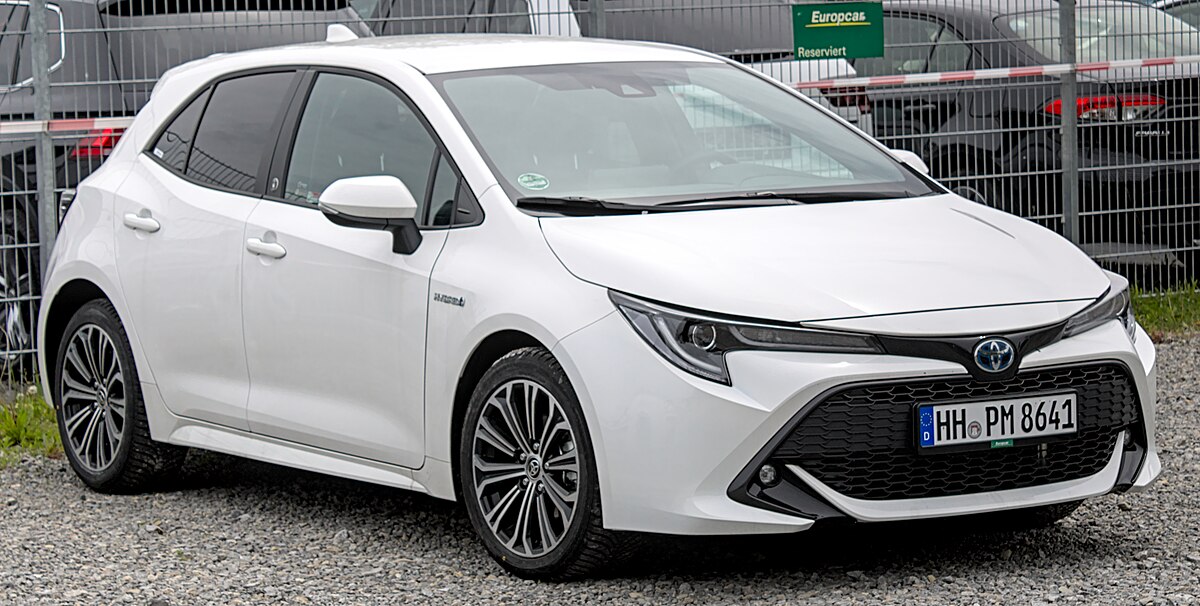
Even at higher mileages, a used Corolla will often pass a smog test on the first try, without needing expensive pre-test repairs or tricks like fuel additives.
We’re featuring the Corolla because it’s not just a great commuter—it’s a stress-free choice for anyone living in a region with strict emissions rules.
It’s the kind of car that lets you focus on driving instead of worrying about what’s coming out of the tailpipe. Next up: a Honda that’s equally dependable when it comes to emissions compliance.
2. Honda Civic (2006–2021)
The Honda Civic is another compact car legend that has proven itself over and over again, not just on the road, but also at the emissions testing station. From the eighth-generation model in 2006 to the tenth-generation units sold up through 2021, Civics have shown exceptional consistency in passing smog tests, even as they age.
A big reason for the Civic’s clean emissions record is Honda’s excellent engine design and management systems. Whether it’s the R18 1.8L engine or the later 2.0L and 1.5L turbocharged units, Civic engines are finely tuned for efficient combustion and low emissions.
Honda’s use of precise fuel injection, responsive ECU calibration, and high-quality catalytic converters means the emissions system rarely falls out of compliance. Another factor in the Civic’s favor is the brand’s reliability when it comes to sensors, especially the upstream and downstream oxygen sensors and EGR valves.
These components often work well past the 150,000 km mark without triggering error codes or efficiency losses that might cause a smog test failure.
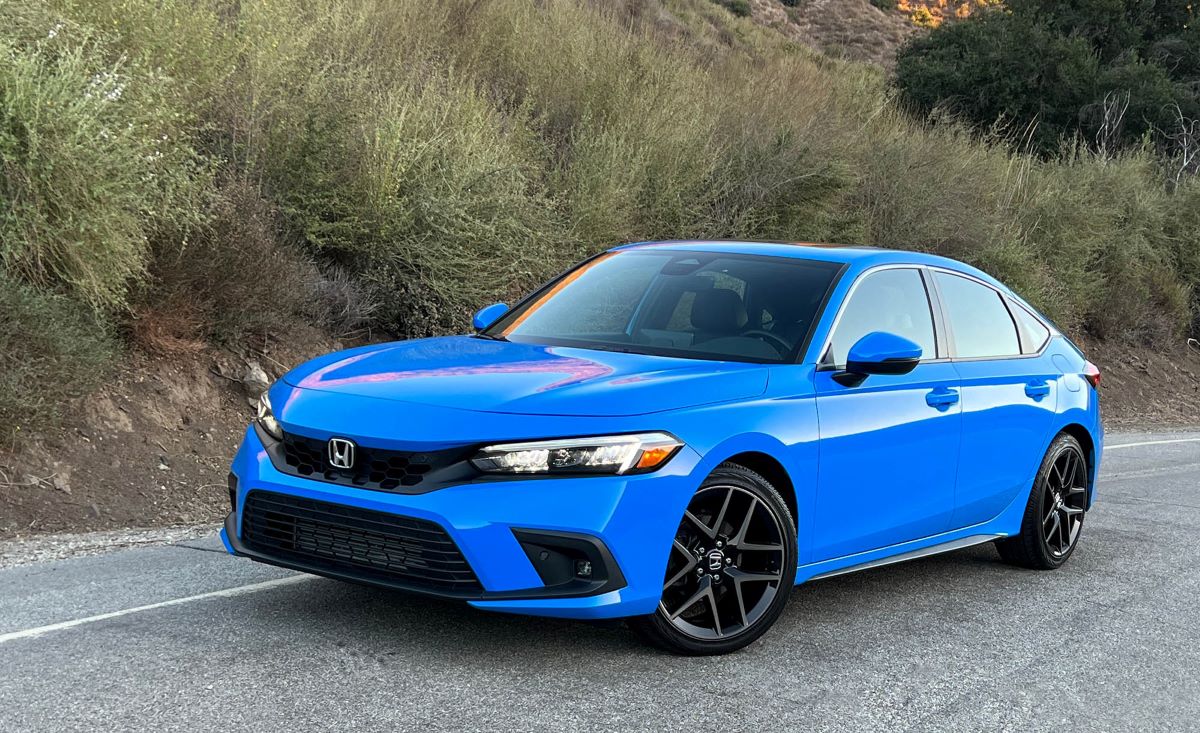
We’re spotlighting the Civic here because it combines performance, economy, and low emissions in a way that few cars manage. Even older Civics, provided they’ve had regular oil changes and haven’t been modified, typically glide through smog checks with no drama.
Plus, with a massive aftermarket and strong support community, even if something does go wrong, fixes are affordable and straightforward.
If you’re looking for a used car that won’t stress you out at inspection time, the Civic remains a smart, clean-running choice. Next: a midsize sedan that’s emissions-test gold even after years on the road.
3. Toyota Camry (2010–2020)
The Toyota Camry has long been a benchmark for midsize sedan reliability, and that reputation extends to emissions performance as well. Between 2010 and 2020, the Camry maintained a strong record of passing smog tests on the first attempt, even at high mileage.
Whether equipped with the 2.5L four-cylinder or the smooth 3.5L V6, the Camry’s engine and emissions systems are designed for long-term compliance with little fuss.
Toyota’s engineering philosophy centers around durability and low maintenance, and that includes emissions control components like the EGR valve, catalytic converter, and air-fuel sensors.
These parts are built to last and are strategically placed for efficient heat management and emissions control. As a result, Camrys avoid many of the common issues that trip up smog tests—such as failed catalytic efficiency readings or sensor communication errors.
Even more impressive is how well the Camry’s emissions system holds up under urban stop-and-go driving, where incomplete combustion and carbon buildup typically reduce smog test scores. In real-world use, Camrys retain their emissions performance for 200,000 km or more without major component replacement.

We’re featuring the Camry because it’s the car you buy if you never want to worry about failing an emissions test. Its performance is stable, its diagnostics are straightforward, and the system isn’t prone to false positives.
Plus, if an issue does arise, Toyota’s widespread parts availability and repair knowledge make it one of the easiest cars to keep legally compliant. Next up: a compact hatch that keeps things green and clean even with age.
4. Mazda3 (2010–2018)
The Mazda3 might be best known for its fun-to-drive character and stylish design, but it also deserves serious praise for its consistently clean emissions record.
Between 2010 and 2018, this compact hatchback and sedan demonstrated excellent smog test reliability—particularly with the naturally aspirated 2.0L and 2.5L Skyactiv engines introduced in the mid-2010s.
Mazda’s Skyactiv technology plays a huge role in the 3’s emissions success. These engines are built with high compression ratios and precision fuel injection, which allows for more complete combustion and fewer unburned hydrocarbons.
This cleaner burn means less stress on the catalytic converter and fewer instances of emissions-related codes. It also helps the car produce low NOx levels without relying on turbocharging or overcomplicated exhaust treatment systems.
Additionally, Mazda’s conservative tuning strategy and durable sensor components ensure that things like oxygen sensors and EGR valves don’t give out prematurely. Even older Mazda3s with over 150,000 km often sail through smog checks, especially if they’ve been regularly maintained with oil changes and clean air filters.
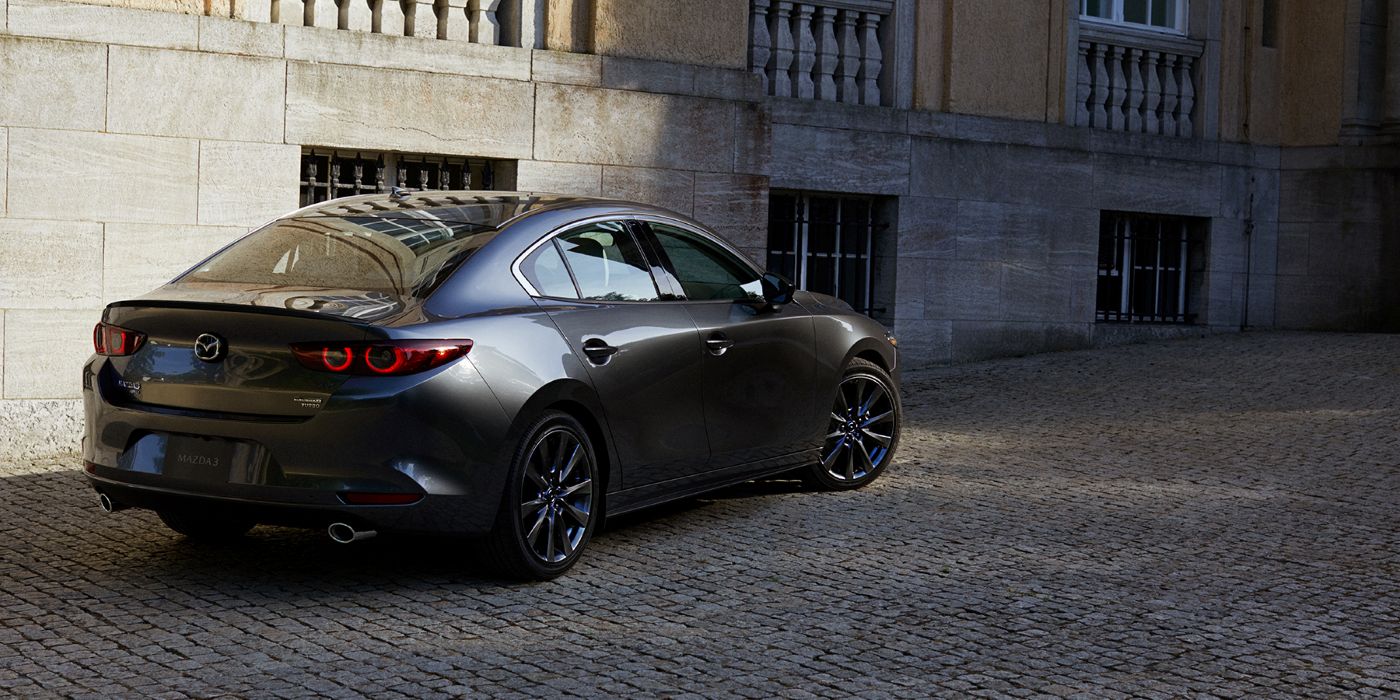
We’re highlighting the Mazda3 here because it’s the perfect combination of driver enjoyment and emissions reliability.
It proves that you don’t have to choose between a car that’s fun and one that’s clean. For city dwellers and emissions-zone drivers, it’s a smart pick that will keep your smog worries at bay—without draining your wallet or sacrificing a spirited drive.
Next: a hybrid that isn’t just efficient—it’s an emissions compliance champion.
5. Toyota Prius (2004–2015)
The Toyota Prius has long been the poster child for hybrid technology, and it’s no surprise that it’s also one of the most consistent cars when it comes to passing smog tests.
The second and third-generation Prius models (2004–2015) are especially known for their bulletproof emissions systems. Even with high mileage, these hybrids often breeze through emissions testing without any signs of trouble.
What sets the Prius apart is its hybrid drivetrain’s ability to reduce the workload on the internal combustion engine.
Because the engine doesn’t run continuously and frequently shuts off at low speeds, there’s less carbon buildup, fewer emissions during idle, and reduced wear on key components. This helps keep the engine, catalytic converter, and oxygen sensors operating at peak efficiency well past 200,000 km.
Toyota’s Hybrid Synergy Drive system is also engineered with precise emissions controls. The car features multiple oxygen sensors, EGR valves, and catalytic converters that rarely fail.
And since the engine is tuned for efficiency rather than performance, combustion stays clean even with age. As a result, smog test failures are extremely rare—often only occurring in severely neglected vehicles.
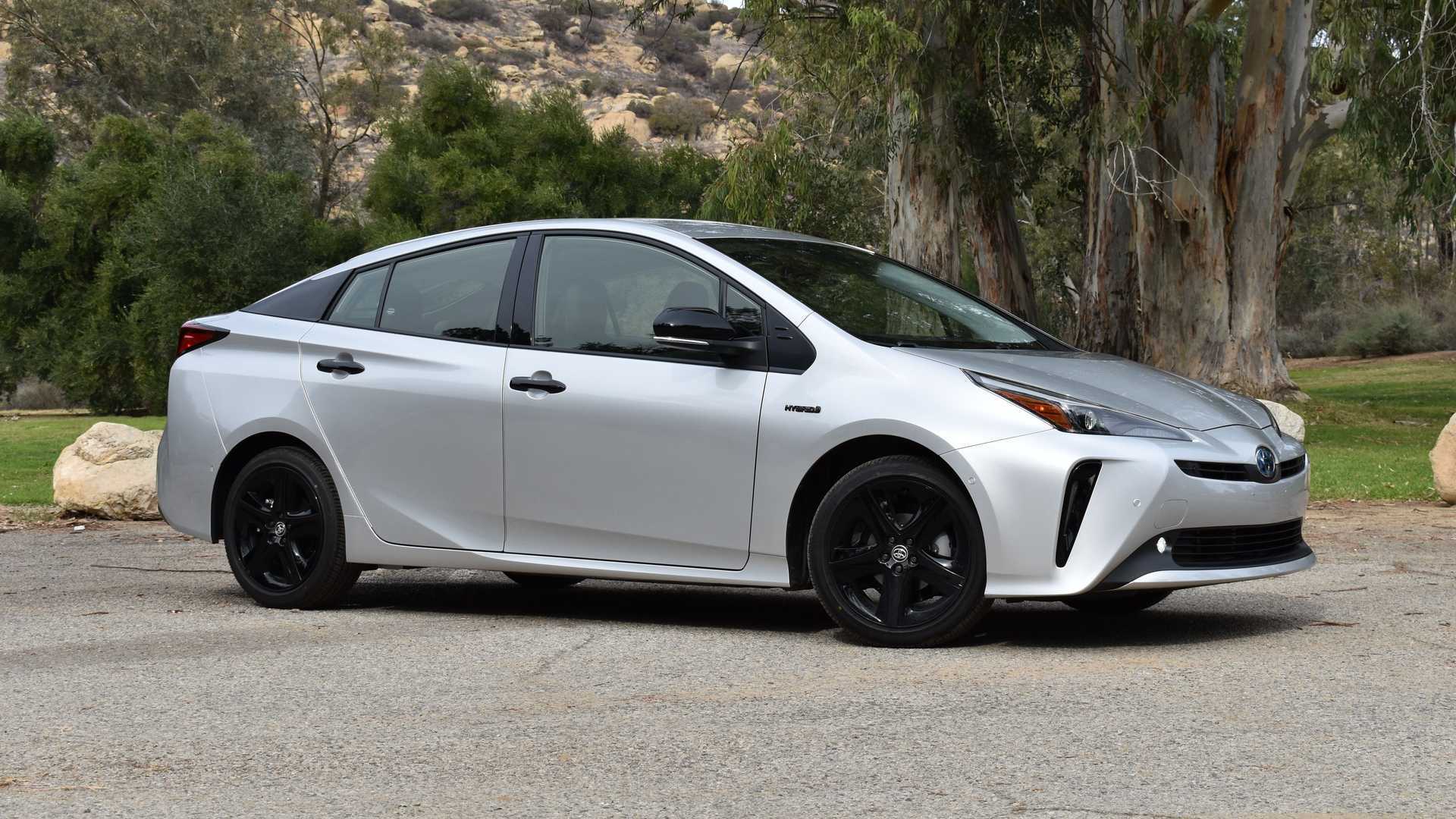
We’re featuring the Prius because it’s the ultimate low-emissions daily driver. It’s not just about saving fuel—it’s about staying compliant year after year without surprise repairs.
For anyone living in a strict emissions region or simply trying to avoid the headache of a failed test, the Prius remains a smart, proven, and nearly fail-proof choice.
Next, we begin the second half of this guide—cars that rarely pass smog tests without expensive work.
5 Cars That Never Pass the Smog Test Without Work
While some cars seem to glide through emissions testing year after year, others are almost guaranteed to throw a check engine light or fail due to elevated pollutant levels.
These problem-prone vehicles are often plagued by unreliable sensors, underperforming catalytic converters, poor combustion design, or emissions systems that simply weren’t built to last.
If you’ve ever had to scramble for last-minute repairs before your inspection date—or worse, pay thousands to replace emissions components—you know how frustrating it can be.
Some of these cars were budget buys with cost-cutting under the hood. Others came from performance-focused lineups where emissions compliance was an afterthought.
Either way, these vehicles have earned reputations in mechanic circles and online owner forums for repeatedly failing smog checks, especially after reaching 100,000 to 150,000 km.
Their emissions equipment degrades quickly, and keeping them test-ready often means replacing oxygen sensors, EGR valves, or even the entire catalytic converter system.
We’re spotlighting five vehicles that, while they may have some redeeming features, are notoriously unreliable when it comes to emissions testing.
If you’re thinking about buying one used—or currently own one and live in an area with strict smog regulations—consider this your warning list. These are the cars that rarely pass inspection without extra work, money, and time.
Let’s begin with a once-popular American sedan that’s now infamous for its smog test headaches.
1. Chevrolet Malibu (2008–2012)
The Chevrolet Malibu from 2008 to 2012 may have been a midsize sedan mainstay, but it’s also one of the most frustrating cars to own if you live in a region with emissions testing.
These models—particularly the ones equipped with the 2.4L Ecotec four-cylinder engine—have developed a reputation for consistent smog test failures once they age past 100,000 km.
The problem lies in a combination of factors. First, the Ecotec engine suffers from oil consumption issues as it ages, which leads to incomplete combustion and elevated hydrocarbon levels in the exhaust.
Second, the oxygen sensors and catalytic converters in these Malibus are known to degrade earlier than expected, often triggering P0420 codes (“Catalyst System Efficiency Below Threshold”)—a death sentence for any smog test unless fixed.
Additionally, the electronic throttle body and engine control software are prone to glitches that can result in poor air-fuel ratios and erratic combustion, both of which contribute to elevated emissions.
Even after replacing worn components, many owners report check engine lights reappearing just weeks later, requiring additional diagnostics and repairs.
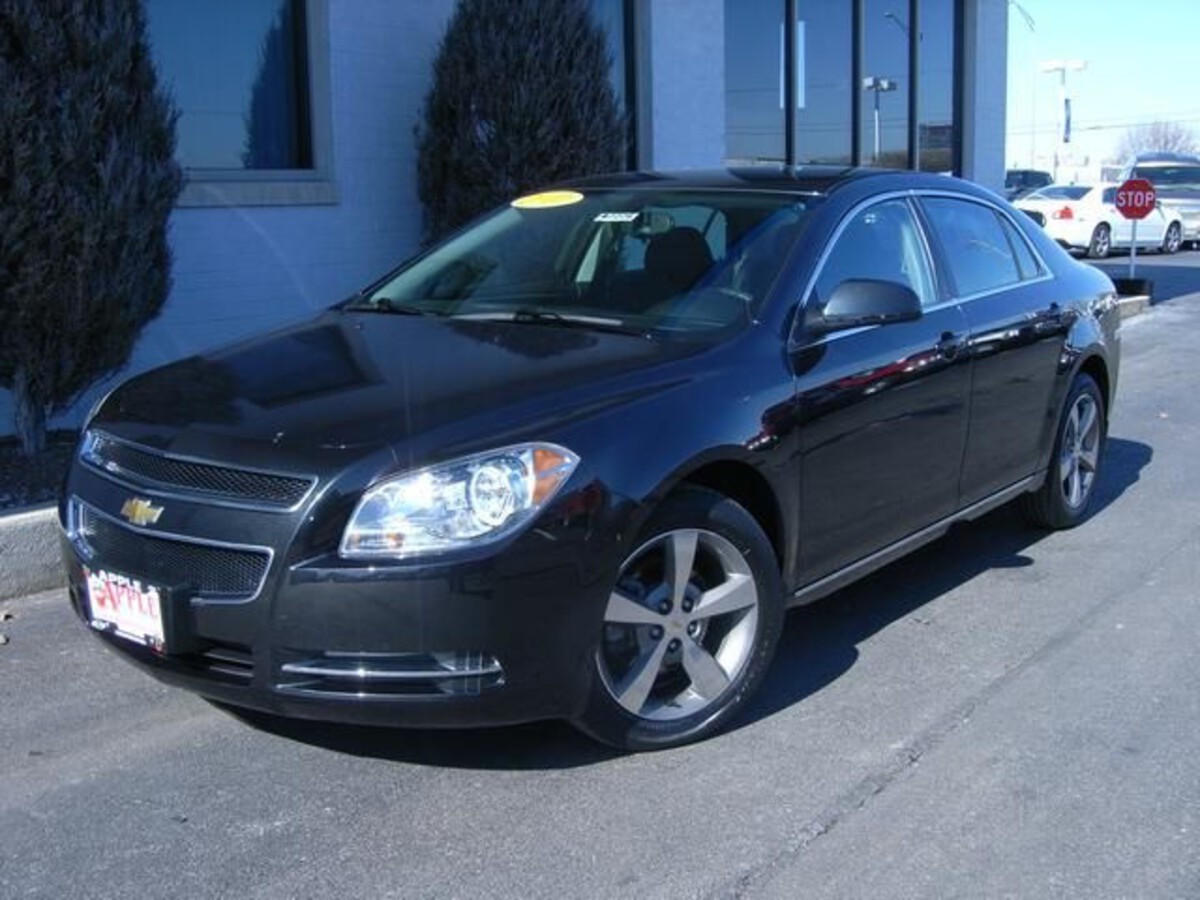
We’re spotlighting the Malibu because it’s one of the most common used sedans to fail smog tests repeatedly after crossing the 100,000 km mark. What seems like an affordable buy can quickly become a financial trap if emissions repairs pile up.
If you’re in an emissions-regulated area, this is one sedan to avoid unless you enjoy repeated visits to the mechanic—and paying for parts that don’t always solve the problem.
Next up: a German luxury sedan with serious emissions baggage.
2. BMW 328i (2007–2013, E90 Generation)
The BMW 328i from the E90 generation (2007–2013) is a tempting choice on the used market, especially for those drawn to German engineering and sporty handling. But when it comes to emissions reliability, this compact luxury sedan is a chronic offender.
Many owners find themselves locked in a costly cycle of smog test failures, diagnostics, and repeated component replacements—especially as the car crosses the 100,000 km mark.
The issue isn’t just one weak spot—it’s the emissions system as a whole. E90-era 328is are known for failing due to malfunctioning oxygen sensors, aging catalytic converters, and problematic VANOS (variable valve timing) solenoids.
These components, when degraded, affect combustion efficiency and emissions output. The N52 and N20 engines also suffer from carbon buildup over time, which can throw off air-fuel ratios and trigger the dreaded P0420 or misfire codes right before an inspection.
Even worse, BMW’s onboard diagnostics tend to be overly sensitive, meaning a minor deviation in sensor performance can throw an emissions-related code.
Combine that with high OEM part costs, labor-intensive repairs, and a tightly packed engine bay, and you’ve got a car that often fails smog tests unless it’s been meticulously maintained—or recently repaired.
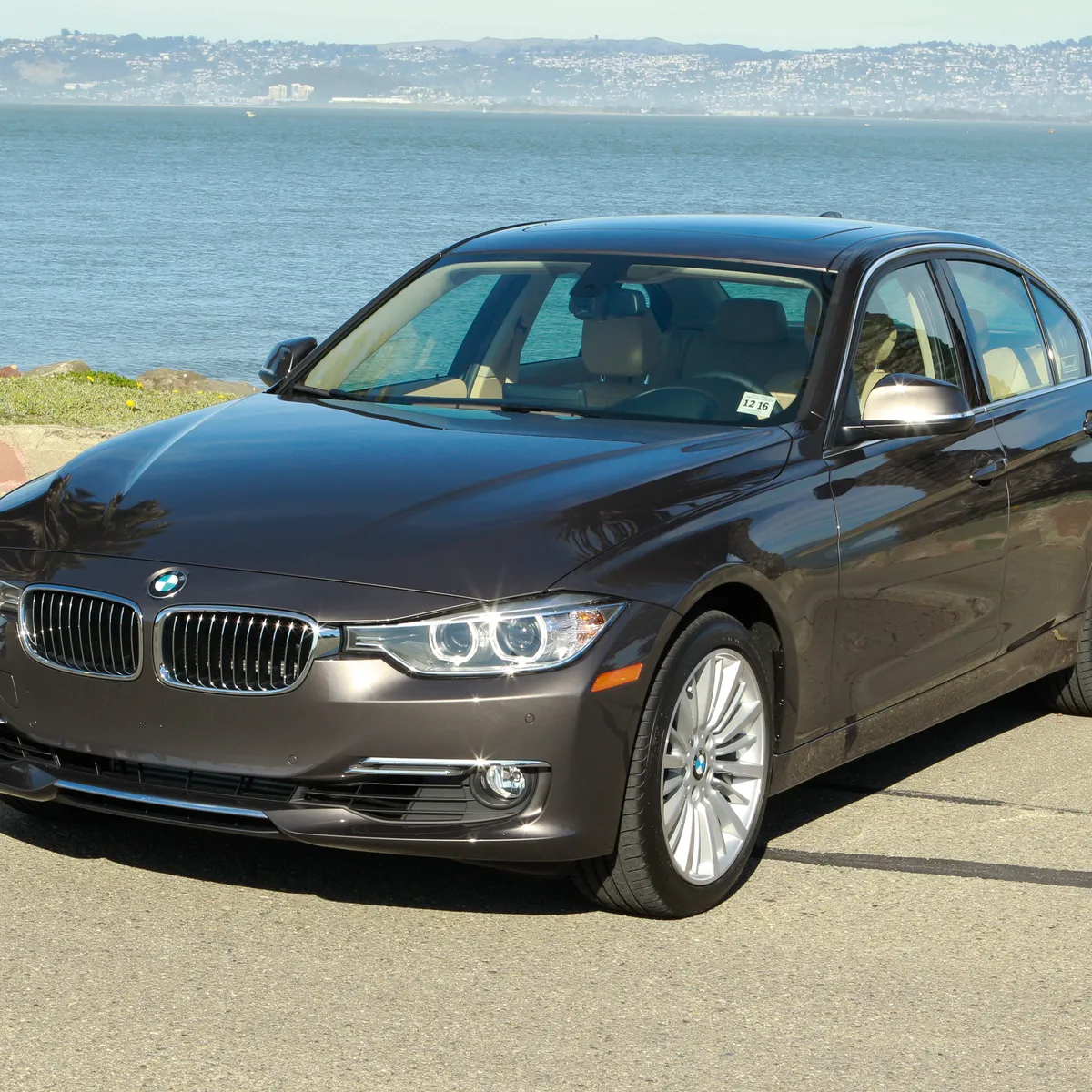
We’re highlighting the BMW 328i E90 not because it’s unreliable in general, but because emissions compliance is a major pain point for used buyers. It may drive beautifully, but if you live in a region with regular smog inspections, be prepared to spend heavily—or risk failing again and again.
Next: a compact SUV from Jeep that never quite learned how to keep its emissions in check.
3. Jeep Patriot (2007–2017)
The Jeep Patriot was designed as an affordable, compact SUV with rugged looks and urban practicality. But when it comes to emissions performance, it’s anything but dependable.
Across its decade-long production run, the Patriot consistently struggled to pass smog tests—especially after reaching moderate mileage. Whether equipped with the 2.0L or 2.4L World Engine, this Jeep has earned a poor reputation for emissions system reliability.
One of the Patriot’s biggest issues lies in its exhaust gas recirculation (EGR) and evaporative emissions (EVAP) systems. These components are notorious for clogging, cracking, or failing altogether—especially in older models.
The Patriot is also prone to triggering P0420 (catalyst efficiency) and P0456 (EVAP leak) codes, both of which are immediate smog test disqualifiers unless repaired. Unfortunately, these repairs are often not one-and-done fixes.
Many owners report replacing purge valves, charcoal canisters, or catalytic converters multiple times, only to see the check engine light return weeks later.
Adding to the headache is the low build quality of many emissions-related parts, which don’t age well and are expensive to replace relative to the value of the vehicle.
Software quirks and uneven engine wear also contribute to poor combustion and erratic oxygen sensor readings, making it hard to keep the engine running within clean emissions parameters.
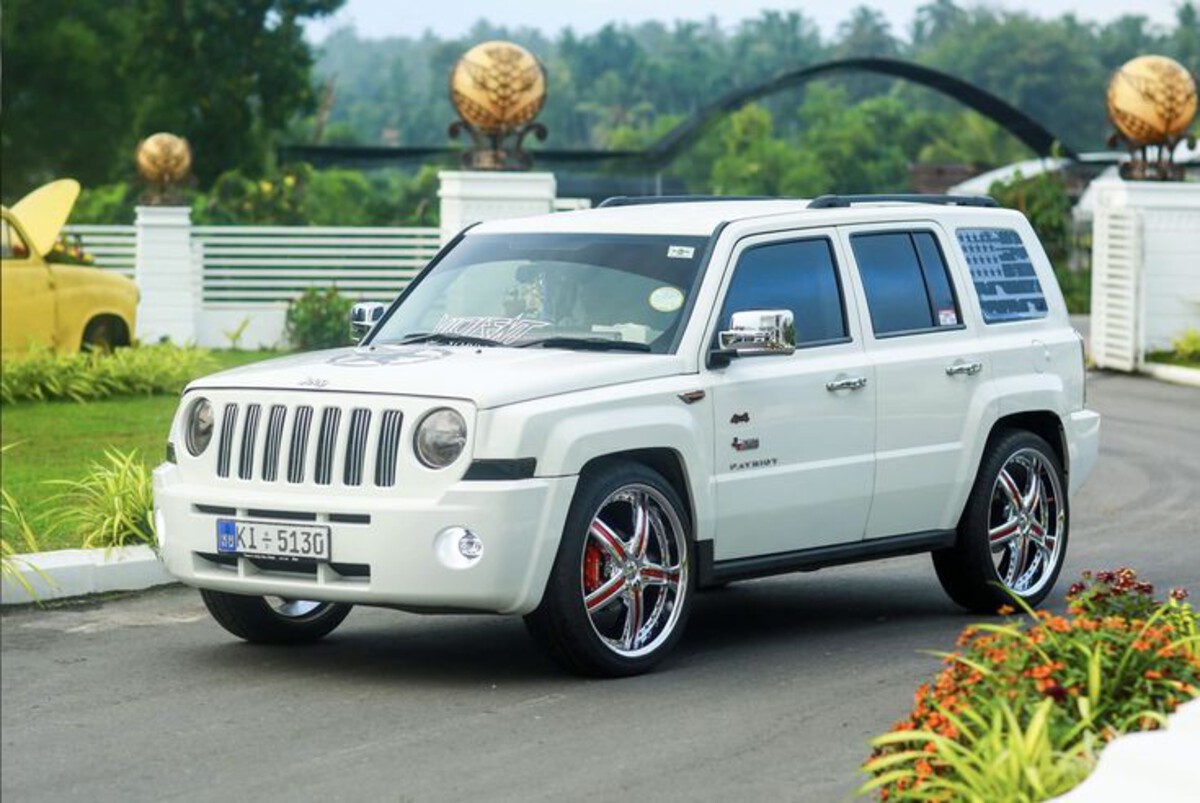
We’re including the Patriot because it represents one of the worst offenders in the compact SUV space for emissions reliability. It might be cheap to buy and look the part of a rugged urban explorer, but when it’s time for your smog test, it’ll likely cost you more than it’s worth.
Next: a performance sedan that roars past the inspection station—and usually fails.
4. Dodge Charger (2006–2014, V6 and V8 Models)
The Dodge Charger may win points for bold styling and muscle car attitude, but if you’re trying to pass a smog test, it’s one of the most difficult sedans to keep compliant—especially as it ages.
Whether you’re driving a base V6 model or a roaring HEMI V8, Chargers from 2006 to 2014 are notoriously smog-unfriendly once they cross the 120,000 km mark.
A key issue lies in Dodge’s emissions system design during this era. Early electronic throttle bodies, exhaust gas recirculation (EGR) systems, and evaporative emissions (EVAP) components were not built for long-term durability.
Chargers often throw emissions-related codes like P0420 (catalyst efficiency), P0440 (EVAP system fault), or misfire codes that stem from worn spark plugs, failing ignition coils, or uneven combustion.
The HEMI-equipped models, in particular, are known for aggressive fuel maps and uneven idle at low speeds—two factors that increase hydrocarbon emissions.
Many owners report failing smog tests unless they’ve recently cleared codes, replaced the catalytic converter, or installed new O2 sensors. Even with repairs, the check engine light often returns, especially in states or regions with tight emissions thresholds.
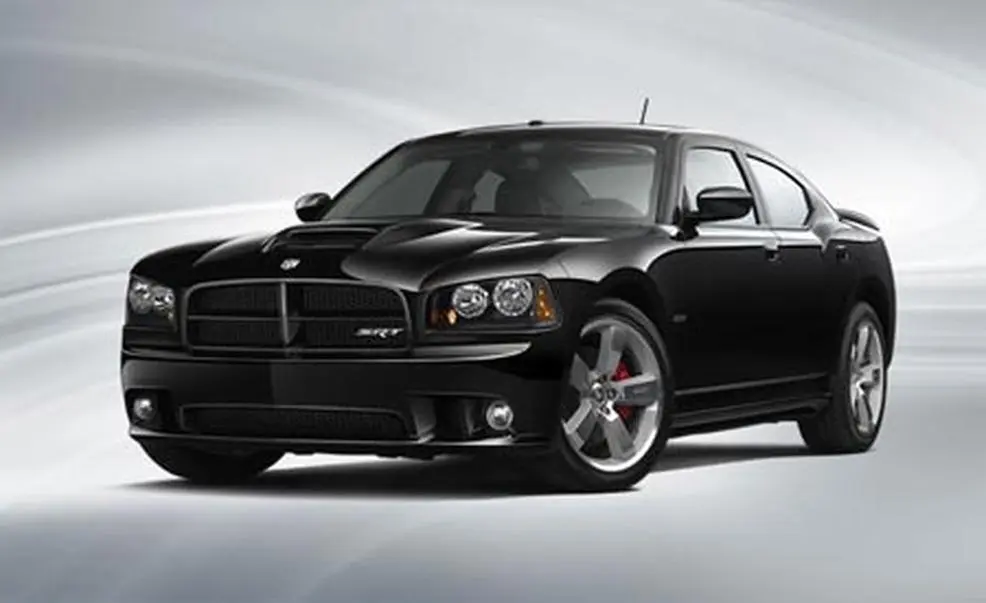
We’re highlighting the Charger here not because it lacks power or personality, but because its emissions record is a recurring issue that frustrates owners year after year. The parts are costly, and diagnosis isn’t always straightforward.
If you live in a region that requires regular smog certification, the Charger—especially older, high-mileage examples—is more likely to land you in the shop than on the road.
Next: a turbocharged compact that fouls its way through emissions inspections.
5. Volkswagen Jetta 1.8T / 2.0T (2010–2016)
The Volkswagen Jetta with the 1.8T or 2.0T turbocharged engines may feel like a refined, punchy compact sedan, but beneath its European flair lies a problematic emissions record—especially when it comes to smog testing.
Models produced between 2010 and 2016 often struggle to stay emissions-compliant beyond 100,000 km, and owners regularly report failure to pass smog inspections without pre-test repairs.
The biggest issue is carbon buildup in the intake valves. Like many direct-injection engines, these Jettas suffer from oil and fuel residue collecting on the valves, which leads to rough idling, poor combustion, and increased hydrocarbon and NOx emissions.
Add to that a finicky turbo system, delicate PCV valves, and overly sensitive oxygen sensors, and you’ve got a car that’s prone to triggering P0420, misfire, or lean/rich mixture codes—each a surefire smog test failure.
While some of these problems are solvable with regular maintenance (like walnut blasting to clean valves or replacing the PCV system), they’re expensive and recurring.
Even the EVAP system—meant to control fuel vapor emissions—is known to leak or throw codes due to aging hoses or faulty purge valves.
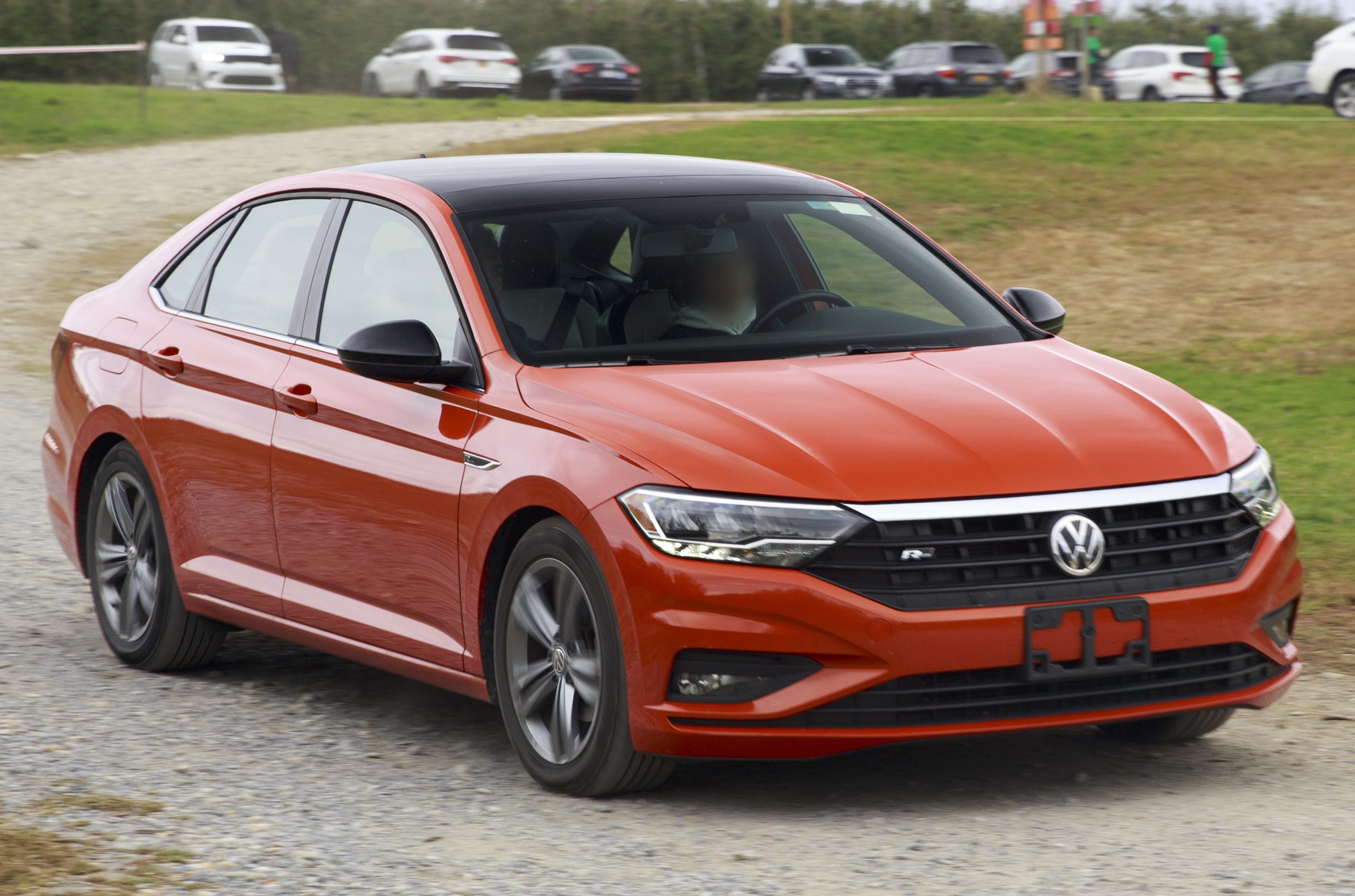
We’re spotlighting the turbocharged Jetta because it’s a textbook case of high performance clashing with long-term emissions reliability.
It’s fun when new, but costly and temperamental when used. If you live in a strict emissions area, this car could become a constant source of failed tests and repair bills—especially if previous owners skipped proper upkeep.
Also Read: 5 SUVs That Still Drive Like New After 250K and 5 That Feel Done by 80K

